If you’re stepping into the world of dog ownership for the first time, choosing a breed that’s easy to train can make all the difference.
No matter which dog breed you bring home, whether it’s small or large, toy or giant, the one trait that matters above all is dog’s trainability. Without proper training, no dog can perform at its best in any field.
Some dogs naturally pick up commands, routines, and good manners faster than others, turning the training process into a fun, rewarding experience rather than a challenge.
They won’t give you a lot of trouble during training and will become your best partners in no time. A well-behaved dog can easily bring joy to any home and can save a lot of frustration.
These intelligent and eager-to-please breeds are perfect for beginners ready to build a lifelong bond through patience, play, and positive reinforcement.
Easiest to Teach Dog Breeds for Beginners
1. German Shepherd
When it comes to breeds that can practically run the dog world, it’ll surely be a German Shepherd. Loved across the globe, these dogs are praised for their versatility in military, law enforcement, dog sports, and also in family life (mostly as guard dogs!). But here’s a question: Are they easy to train?
Trainability
German Shepherds are highly trainable. Their obedient nature and razor-sharp minds allow them to follow any command without taking a long time, as noted by PetMD. But a successful dog training isn’t about being disciplined and catching fetches around.
This German breed is renowned for having unwavering loyalty and an eager-to-please nature. Safety and happiness are first priority for their owners. These qualities give them the ability to become highly responsive and attentive to every guidance.
German Shepherds are one of the most intelligent dog breeds out there, which makes them a top choice as service dogs.
Lastly, patience and consistency are essential for a pet owner. Never burden your dog with too much pressure, but also avoid giving too much freedom. Sometimes, leniency can be a reason for them to make independent choices.
2. Poodle

Poodles are full of charm and charisma, making them some of the most highly desired pets, especially Toy Poodles. They are striking, low-allergen, have an affectionate nature, and are totally people-oriented.
With all these traits, you might be wondering how easy or tricky they can be, when it comes to obedience training.
Trainability
Poodles are easy to train for several reasons. They are very perceptive and can quickly interpret their handler’s gestures and vocal signals. Using positive reinforcement techniques, such as treats and rewards, works really well with them.
Poodles have a strong work ethic and enjoy fulfilling any tasks provided. They love to master advanced tricks and participating in agility training. This eagerness to learn makes sessions more fun and engaging.
Use clicker training to express desired action or crate training to avoid negative behaviors. Leash training can help to make them obedient and well-mannered.
Training your Poodle can come with challenges. They may occasionally show a stubborn streak, or distractions and unfamiliar situations can slow their progress. Fear, anxiety, or previous bad habits before you brought them home might also affect their responsiveness.
Otherwise, Poodles are very intelligent and steady; they just need consistent training and patience to bring out their great skills.
3. Australian Shepherd
Living with an Australian Shepherd isn’t for the lighthearted. These dogs have bursting energy and are smart as a whip. They have a medium-length coat, which adds to their beautiful, rugged look.
Aussies are always ready for action, whether they’re herding livestock, chasing a ball, or running around just for fun. So how do you turn all that boundless energy into a reason to say yes to training programs?
Trainability
Aussies are smart dogs, no question about that. But that same smartness can make them little independent (and stubborn) sometimes, which means training won’t always be a basic obedience.
Positive reinforcement techniques are hands down the most effective method for Australian Shepherds. Give them little rewards like treats and chewies, also some motivation by praising to keep them focused and excited to learn.
Since they are naturally energetic, include physical activity in their training classes. Agility courses or long walks can help them to burn off excessive energy and divert their mind (from stubbornness).
Early socialization is essential for Aussies, as noted by Britannica. It helps them grow into confident and dignified adults who handle situations with ease. Along with that, giving them plenty of mental and physical stimulation prevents their boredom.
4. Golden Retriever
The Golden Retriever is every new dog owner’s dream; smart, patient, and always eager to make you smile. Their natural intelligence and friendly disposition make training feel less like a chore and more like a shared adventure.
Whether you’re teaching simple commands or fun tricks, they catch on quickly and thrive on your praise. With their warm heart and cooperative spirits, Golden Retrievers make even first-time trainers feel like pros.
Trainability
The Golden Retriever is highly intelligent and a quick learner, too. It can pick up basic commands in no time and even sense human emotions. This dog’s ability has earned it important roles in search and rescue operations.
If you’re bringing home a young Golden Retriever, start with short sessions in the crate. This helps establishing your control while creating a safe, comfortable space for them.
Start with beginner commands like sit, stay and come before moving on to advanced techniques. Always reward them with a treat after they follow your guidance.
Don’t scold them if they take time to learn something new, it can develop selective hearing, which means they can ignore you. Keep your training sessions short but frequent so they stay effective.
Use training tools like clickers or treat pouches to make your obedience trials a lot easier and more fun. They might not be essential, but many dogs respond surprisingly well to them.
5. Shetland Sheepdog
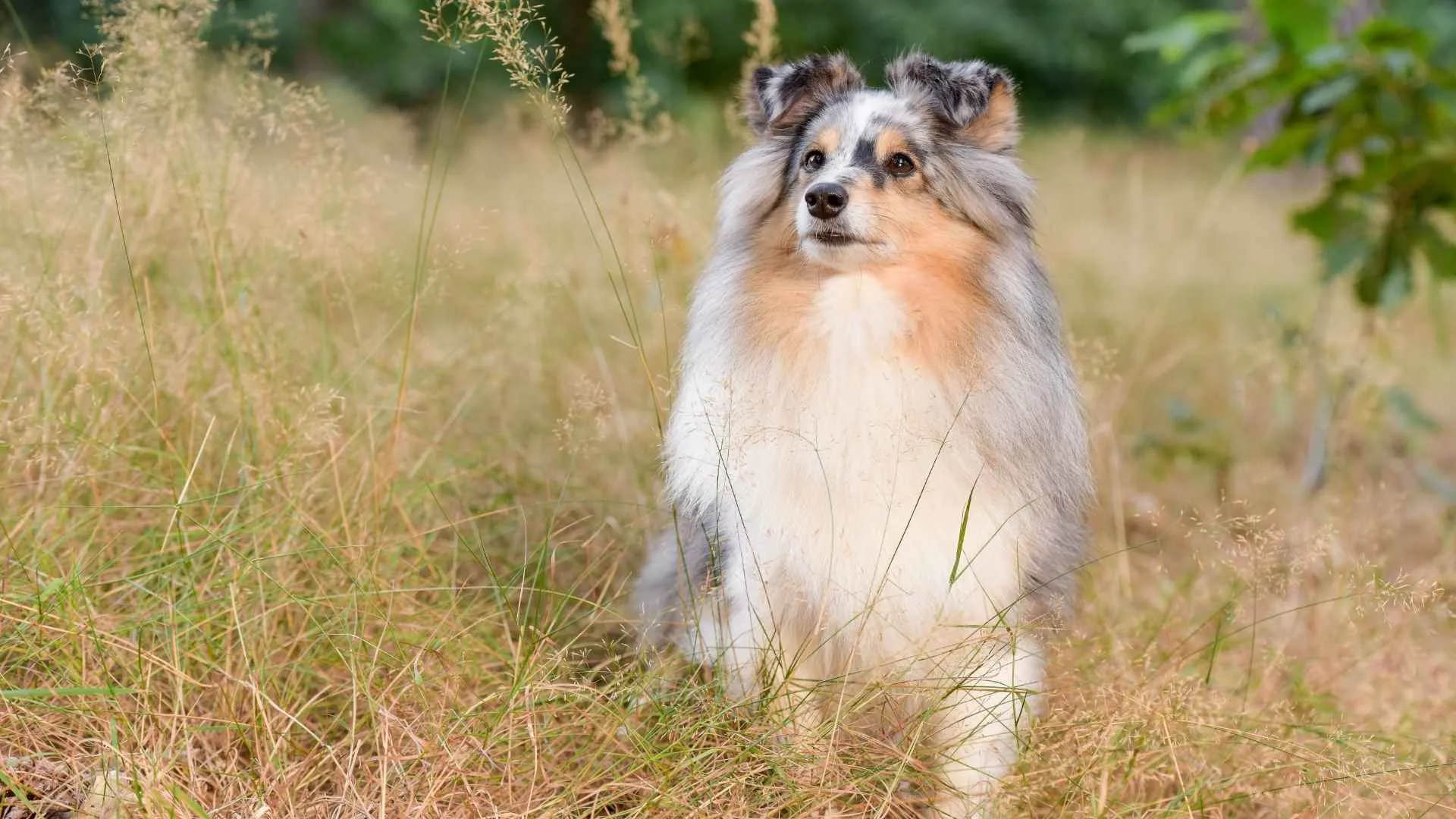
Shetland Sheepdogs are among the easiest dogs to train, known for their quick learning abilities and responsiveness. As natural herders, they are great at picking up cues when given a clear routine.
They have a lively personality and are great family dogs, too. Their determination makes them stand out in environments that challenge their minds and rewards their effort.
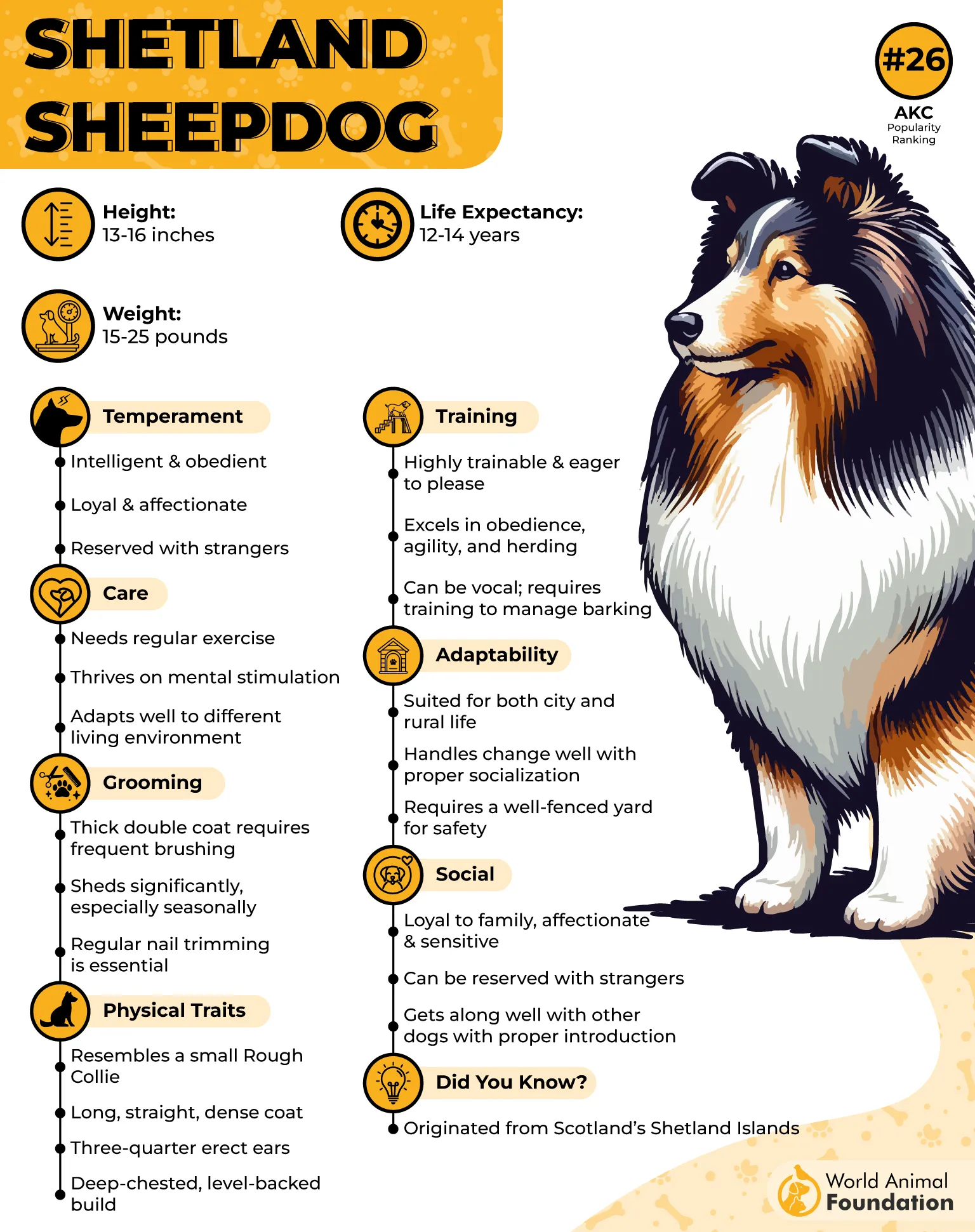
Trainability
While they are highly trainable breeds, they do need some repetition and stability to avoid becoming shy or overly sensitive. With gentle guidance and proper socialization, they grow into confident, loyal, and mannerly companions.
Shelties can be quite vocal, so it’s better to teach them quiet command early. Stick to basic commands. Once they have mastered those, move on to trick training. This helps to fine-tune their behavior and adapt with ease.
Provide your Sheepdog enough mental stimulation. Puzzle toys and obedience tasks will keep their sharp minds active and busy.
Overall, consistency is the key. Stick to the same routine and commands to avoid confusion. Show some reliability, so a strong bond can be formed between you and your pup.
6. Labrador Retriever
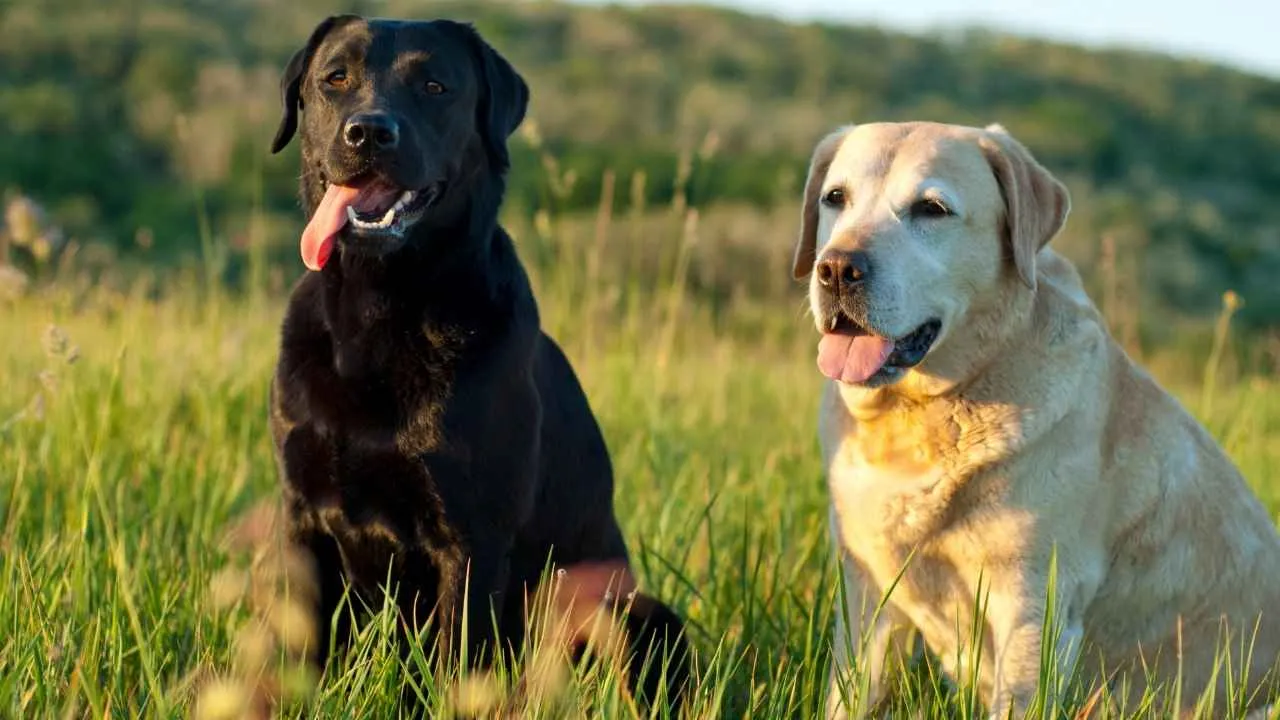
Labs are notable and among top favorite breeds, adored by many dog lovers especially in United States. They are also known for having a gentle temperament and patient nature. Along with that, Labradors participate in various dog sports. In a nutshell, they are easiest dog breeds to train.

Trainability
Labradors are very social and energetic dogs. These dogs thrive on human interaction, so reward-based training is considered best for them. Labs are also people pleasers by birth, so they pick up commands quite early.
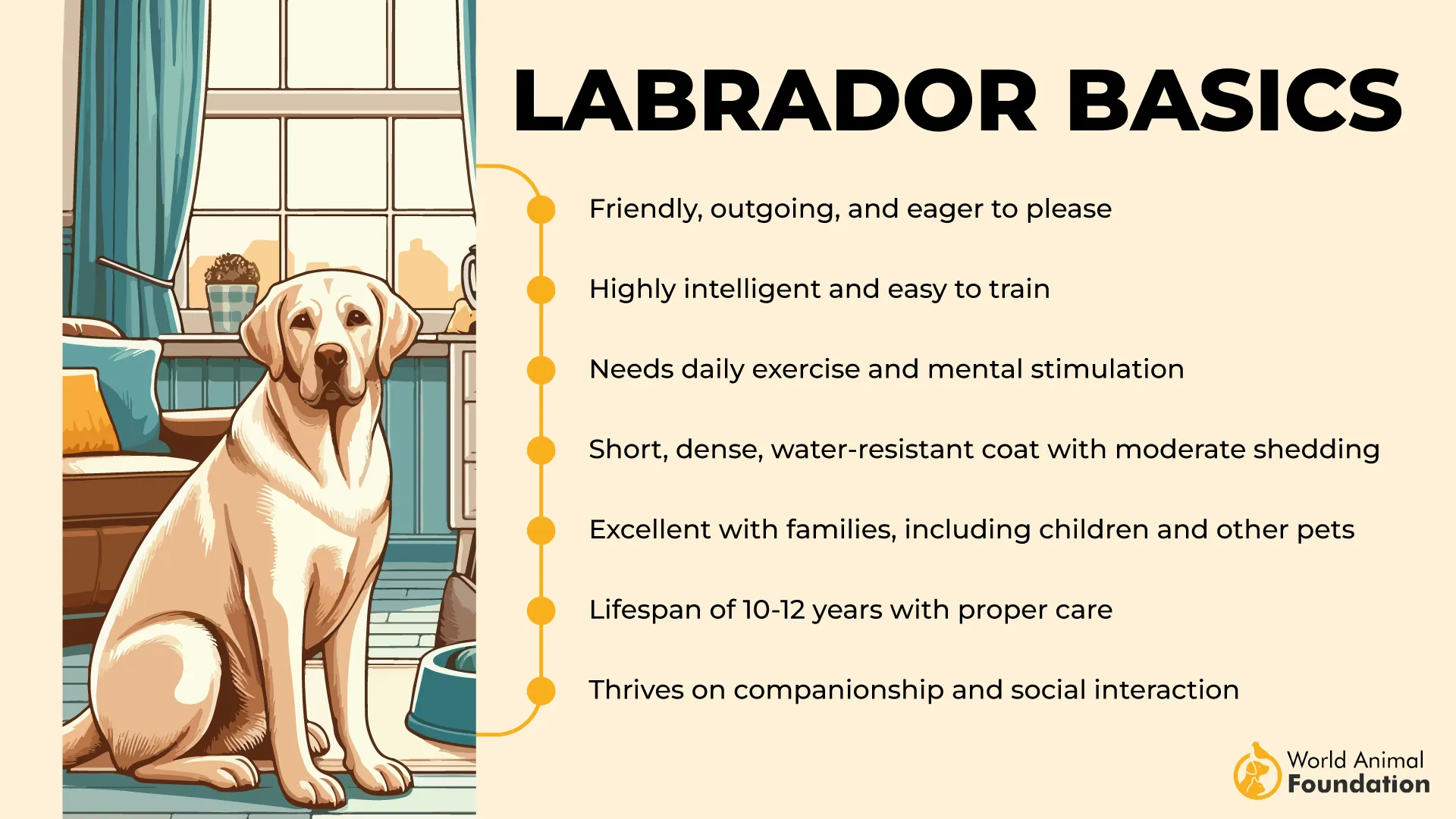
Labs are considered a wonderful service animal due to their eagerness to please their owners. Their loyalty, friendly nature and calm demeanor make them perfect for the job.
Understanding your Labrador and starting with basic training methods is the first step in tailoring a program that suits their needs. They love tasks that challenge both their minds and bodies.
Sometimes, their liveliness can lead to destructive behaviors like jumping, chewing or pulling on the leash. It’s better to channel that energy into regular exercise and playful activities.
7. Doberman Pinscher

The Doberman Pinscher stands out as one of the few breeds in the AKC’s working group that was originally bred to be a protective breed and a loyal human companion. Training your Dobie not only enhances their safety but overall quality of life. It builds confidence and reduces stress or anxiety.
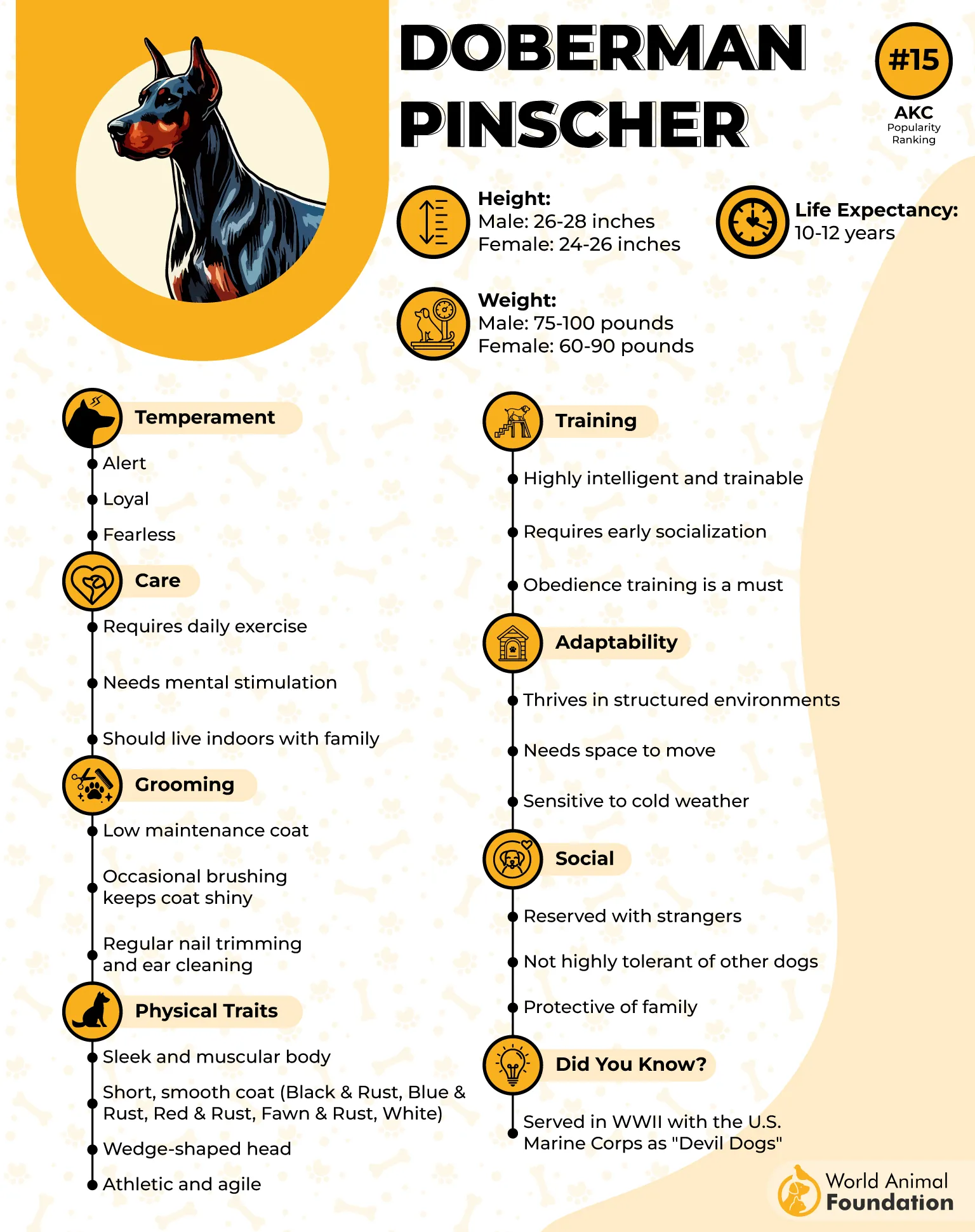
Trainability
First of all, take time to understand your Doberman Pinscher. What factors triggers them, their energy levels and emotional state, all of which can greatly influence how they act.
Since Dobermans are highly sensitive, keeping them mentally and physically engaged can prevent unwanted behaviors and keep them happy and healthy.
According to the AKC, it’s advised to introduce recall and attention training early, especially with a puppy Doberman. The recall method ensures your pup stays close and develops a trust bond.
Here’s a tip for first-time owners: avoid grabbing your puppy and raising your voice when annoyed, as it may cause your dog to become distant.
Conclusion
Training dogs at home can be fun and exciting, especially when working with these easiest and intelligent dogs breeds that naturally respond well to guidance. Every breed mentioned in this article have almost same training methods and routines.
However, it’s important to seek help from a professional trainer, at least occasionally, since every dog has its own nature, temperament and learning pace. This will ensure a balanced lifestyle for your fluffy companion.
Remember, a well-mannered dog isn’t just obedient. A dog is always a reflection of its owner’s investment in care and affection.


